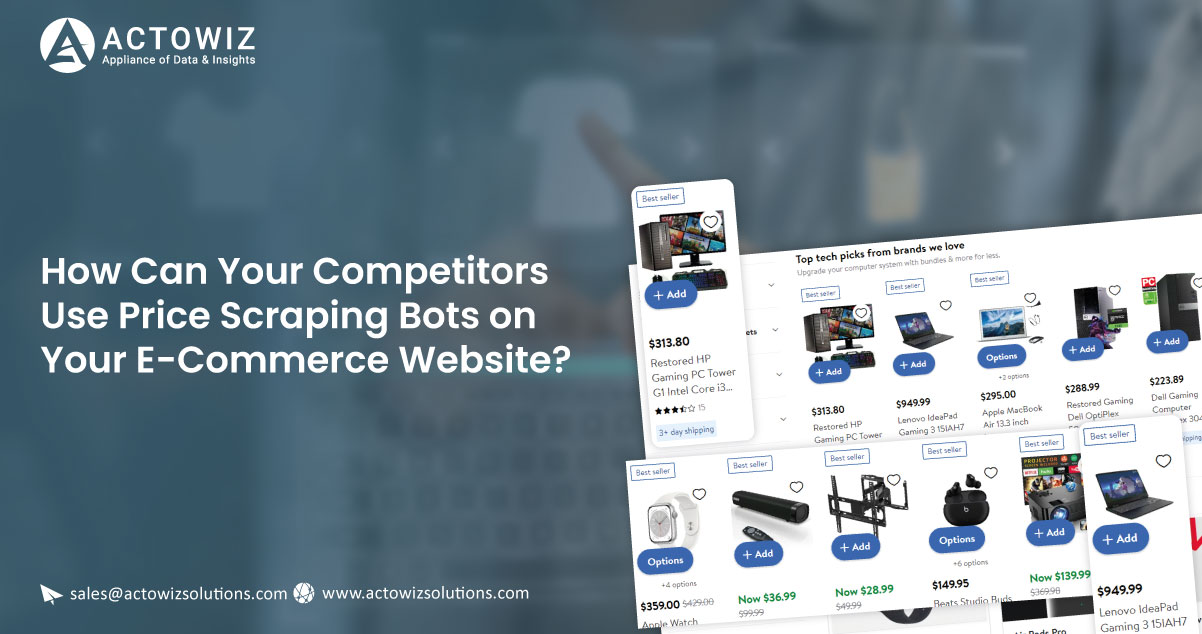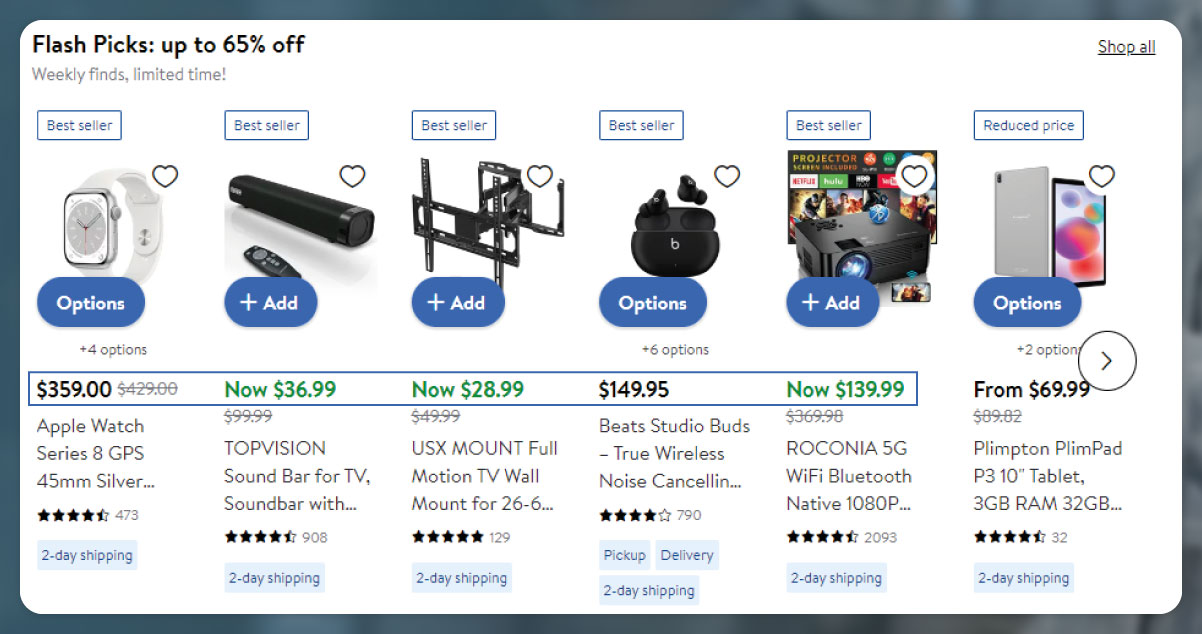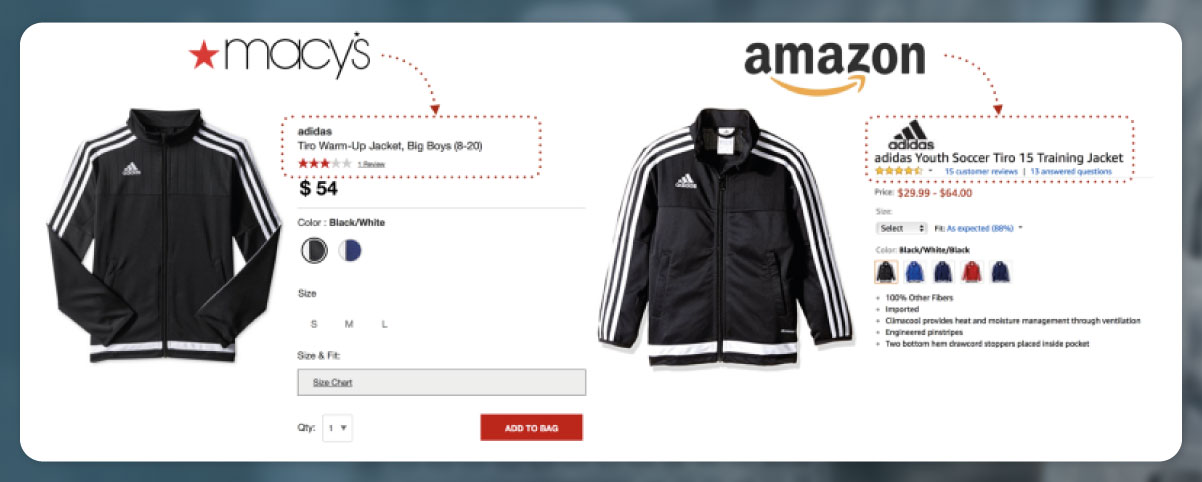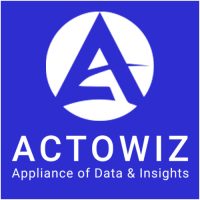How Can Your Competitors Use Price Scraping Bots on Your E-Commerce Website?

The online retail industry faces intense competition and increasing concerns about safety as malicious online actors, including significant industry rivals and various nefarious entities on the internet, constantly target it. These threat actors use bad bots in numerous ways that harm online retailers.
Bad bots are responsible for scraping prices and product data, engaging in click fraud, and posing a significant risk to the overall security of e-commerce websites. These activities compromise customer loyalty and brand reputation and result in substantial financial losses for online retailers.
Among all the threats bad bots pose, price and product data scraping stand out as the most widespread and costly challenges online retailers face.
The online retail industry has dedicated significant resources to establishing a robust online presence and cultivating a loyal customer base. However, a growing challenge is posed by many online competitors who are actively trying to lure away these customers and secure their business permanently.
These malicious actors engage in data scraping activities, explicitly targeting legitimate online retail websites to extract valuable product and pricing information. They employ automated bots, often referred to as “price scrapers,” “pricing bots,” or “pricing intelligence solutions,” which form an entire industry dedicated to extracting as much data as possible from online retailers.
There are five common types of data scraping activities that online retailers frequently encounter on their websites:
Price Scraping: Bots focus on extracting pricing information from a website and sharing it with online competitors, enabling them to undercut prices or position themselves against the offerings.

Product Matching: Bots gather and consolidate vast data from a retailer’s site to find exact matches for a wide range of products the retailer offers.

Product Variation Tracking: Bots scrape product data for multiple variations within a product or product line, such as color, cut, and size.
![]()
Product Availability Targeting: Bots scrape data on product availability, allowing competitors to position themselves strategically based on inventory levels and product availability.
Continuous Data Refresh: Bots regularly revisit the targeted retail site to ensure the scraped data remains up to date, enabling buyers of the data to respond promptly to any changes made by the retailer.
These data scraping activities pose a significant threat to online retailers, impacting their pricing strategies, product offerings, and overall competitiveness in the market.
Stopping price scraping bots is difficult
There are several reasons why combating the issue of malicious bots in the online retail industry is challenging. Firstly, identifying and prosecuting the individuals or entities behind these bots is difficult, time-consuming, and expensive. Bots can originate from various locations worldwide, often using well-known hosting providers and networks trusted by organizations, making it harder to trace their source.
Secondly, many of these illegal bots originate from international locations, where US laws may offer limited or no recourse once the perpetrators are identified. This jurisdictional challenge further complicates the legal actions against them.
Thirdly, it is worth noting that many bot technologies are not considered criminal. Some vendors openly promote their price-scraping solutions and proudly display the names of prominent, legitimate businesses that utilize them. This blurs the line between legitimate data gathering and malicious scraping activities.
As the competition among vendors offering sophisticated price scraping and product data scraping products intensifies, there is an ongoing arms race of capabilities. This escalating battle necessitates online retailers to adopt a comprehensive and adaptable approach to bot defense that can match the sophistication and adaptability of the threats they face. A holistic strategy is crucial to effectively safeguarding against these malicious bots and protecting the interests of online retailers.
Price Scraping from Professional ‘Pricing Intelligence Solutions’ – The Why and How
Referred to as “pricing intelligence solutions,” these products introduce advanced features and higher sophistication to attacks on retailer websites. They build upon traditional price scraping techniques and incorporate additional elements to maximize the scalability and impact of data theft. Here’s how these price-scraping techniques work and what they aim to achieve:

Crawling: Dynamic and customized bots are deployed to crawl a retailer’s website. These bots frequently visit the site, focusing on product pages and scanning each product listed.
Morphing: Bots are designed to adapt and morph in response to changes made by the retailer to their website. This ensures the bots can continue their attack, even if the retailer introduces complexity or alters their site structure.
Matching: Bots gather an extensive amount of data, including pricing, inventory, and availability information, extracted from various sections of the retailer’s website, such as the shopping cart. This data is used to create precise matches against the retailer’s products.
Analytics: Employing semantic analysis and data mining techniques, analytics engines analyze the scraped data to identify matches between prices and products. Even if the scraped data is not an exact match, advanced analytics enable the recipient to make multiple competitive moves, undermining the retailer’s advantage.
If competitors gain access to scraped data and apply advanced analytics, it can gradually dismantle an online retailer’s business, product by product. The consequences of this advanced approach to scraping retailer websites are severe for online retailers. They must prevent bots from scraping their data in the first place to mitigate downstream harm.
Online retailers face a significant challenge in combating these sophisticated scraping techniques, as the potential damage occurs once competitors leverage the extracted data. Taking proactive measures to defend against data scraping is crucial for retailers to protect their business and maintain a competitive edge.
For more details about how can your competitors use price scraping bots on your e-commerce website, you can contact Actowiz Solutions anytime. Call us also if you have some mobile app scraping or web scraping service requirements.
sources : https://www.actowizsolutions.com/competitors-use-price-scraping-bots-on-ecommerce-website.php

